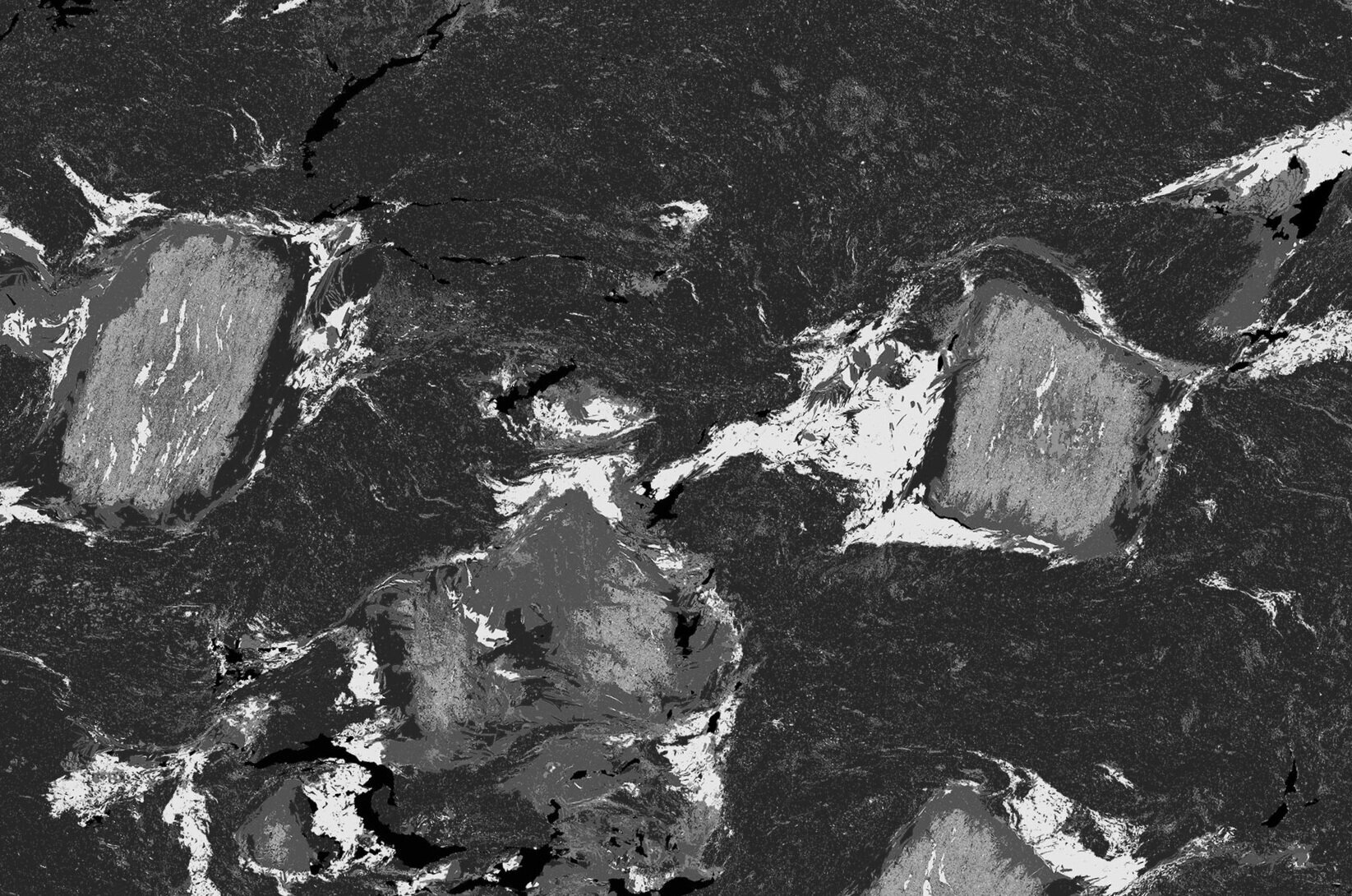
Past Projects
-
Metapelites from the Ruby Range, Montana (Big Sky Orogeny)
KECK Project + Undergraduate Honors Thesis, Smith College, MA | 2014-2015
The Ruby Range, SW Montana, is one of several tectonic blocks brought to the surface during the Laramide Orogeny (~70-80 million years ago). The Ruby Range rocks however are much older, some as old as 2.7 billion years of age (that is, older than half the age of the Earth). There is evidence for tectonic activity during the Big Sky Orogeny in the Ruby Range, from 1.9-1.7 billion years ago.
The goal of my thesis was to determine the conditions (i.e. how deep? = pressure, and how hot? = temperature) under which rocks in the Ruby Range were metamorphosed (i.e. transformed) during this event. I studied metamorphosed mudstones, or metapelites, and used the composition and textures of the minerals that made them up to determine the pressures and temperatures to which these rocks were likely exposed, and how they fit in the broader context of rocks that surrounded them. These deeply interesting rocks set me on the path of Geoscience Research!
A short version of my undergraduate thesis: KECK Short contribution

-
Pseudomorphs after Lawsonite from Syros, Greece
Undergraduate/post baccalaureate project, Smith College, MA | 2014-2016
Pseudomorphs are replacement textures- in a rock, they are features that retain the shape of mineral that was present at some point of its history, but are composed of an assemblage of minerals that formed as the original mineral broke down. On the Island of Syros, Greece, rocks that were subducted ~55 million years ago contain pseudomorphs after the mineral Lawsonite. Because lawsonite contains a significant amount of water in its crystal structure, understanding how and when its destabilizes has important implications for the source and release of fluids during subduction and their contribution to subduction-zone processes.
In this project, we investigated the chemical reactions responsible for the breakdown of lawsonite on Syros by studying the makeup of minerals that replaced it, bringing to light a previously unrecognized mechanism by which lawsonite breaks down as rocks are entrained several tens of km below the surface.
Read about our findings in our peer-reviewed paper here!
